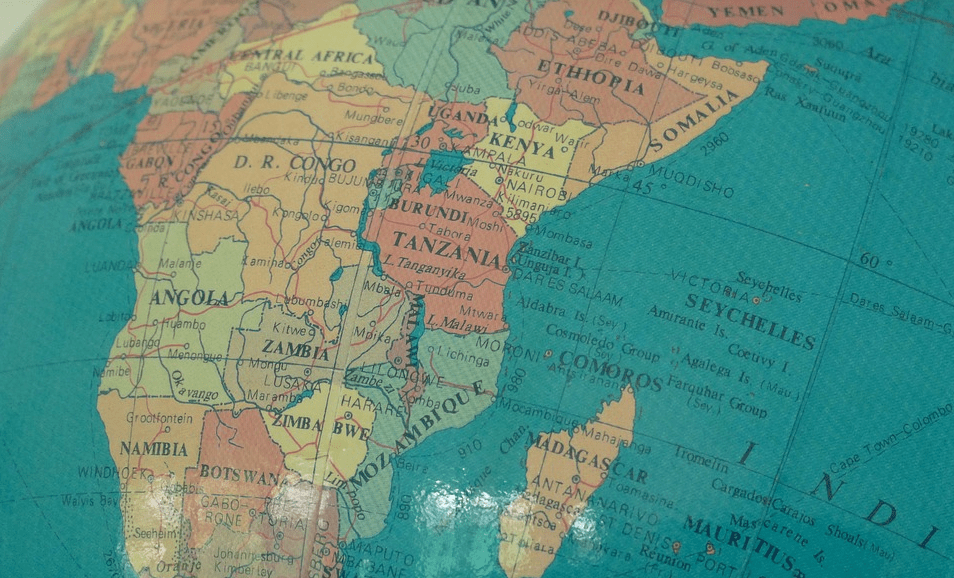Expected Outcome
Project results are expected to contribute to all of the following expected outcomes:
- Accelerated deployment of climate services to build climate resilience.
- Better informed climate adaptation policy response, stronger adaptive capacity and climate resilience in Africa, with a focus on the Sub-Saharan region.
- Improved synergies between adaptation action and other policy objectives, notably the Sustainable Development Goals agenda.
- Contribution to the international dimension of the EU Adaptation Strategy and to the Africa-EU Partnership.
- Knowledge base to underpin major international scientific assessments such as the IPCC Assessment Reports.
Scope
The African continent is on the frontline of the climate emergency; it is highly vulnerable and adaptation to both present and future impacts of climate change is urgent and crucial to secure its long-term resilience and prosperity but it is challenging in the current economic context. While the demand for high-quality, actionable climate information and services is growing, there is a need for more holistic, better connected, more interactive and more user-oriented approaches across the entire adaptation value chain from knowledge production to users. This ranges from improved knowledge base, through increased accessibility, up to enhanced uptake of information and climate services by end-users spanning policy makers, governmental agencies, local authorities, civil society and the private sector. The focus of this topic is on countries in Sub-Saharan Africa – given the region’s limited response capacities coupled with high vulnerability to climate change impacts that range from droughts, through rising sea levels, cyclones, and floods to rising temperatures and rainfall anomalies with serious implications, notably, for food and water security.
Actions should:
- Improve the understanding of current and future climate related threats (and opportunities) in Africa in the context of socio-demographic developments, extending into sectors/domains that are underexplored from climate-risk perspective and including dynamics between climate, biodiversity, and political/economic risks such as migration, food security and urbanisation patterns. Actions may address improvements in accuracy and skill of forecasts/projections, in particular as regards the sub-seasonal-to-seasonal time scale.
- Identify key adaptation challenges, needs and gaps in the broader socio-economic context, including intersection with other policy objectives such as biodiversity protection, increase in agricultural productivity and reduction of inequalities.
- Enhance planning, implementation and evaluation of climate adaptation strategies and measures (including ecosystem-based adaptation and nature-based solutions, as well as integrated adaptation and mitigation actions) and the understanding of their socio-economic determinants and benefits.
- Improve and upscale existing and/or develop and test new climate services/tools that bridge the gap between information availability and uptake by end-users in different sectors, including through capacity building and addressing issues such as access, uncertainty, trust, risk perception and management, and other barriers. In either case, actions should demonstrate a clear path towards broader deployment of the services developed.
- Promote better understanding and enhanced cooperation between various actors such as regional climate centres, national meteorological services, intermediaries, and end-users. Direct participation of relevant entities in the projects is strongly encouraged.
- Explore and leverage opportunities associated with the digital revolution (including progress in automation, artificial intelligence, and communications) to improve diffusion of climate knowledge and promote more efficient service delivery.
- Advance knowledge on value assessment of climate services and apply it to the services developed within projects.
More information: Funding and Tenders







Leave a Reply